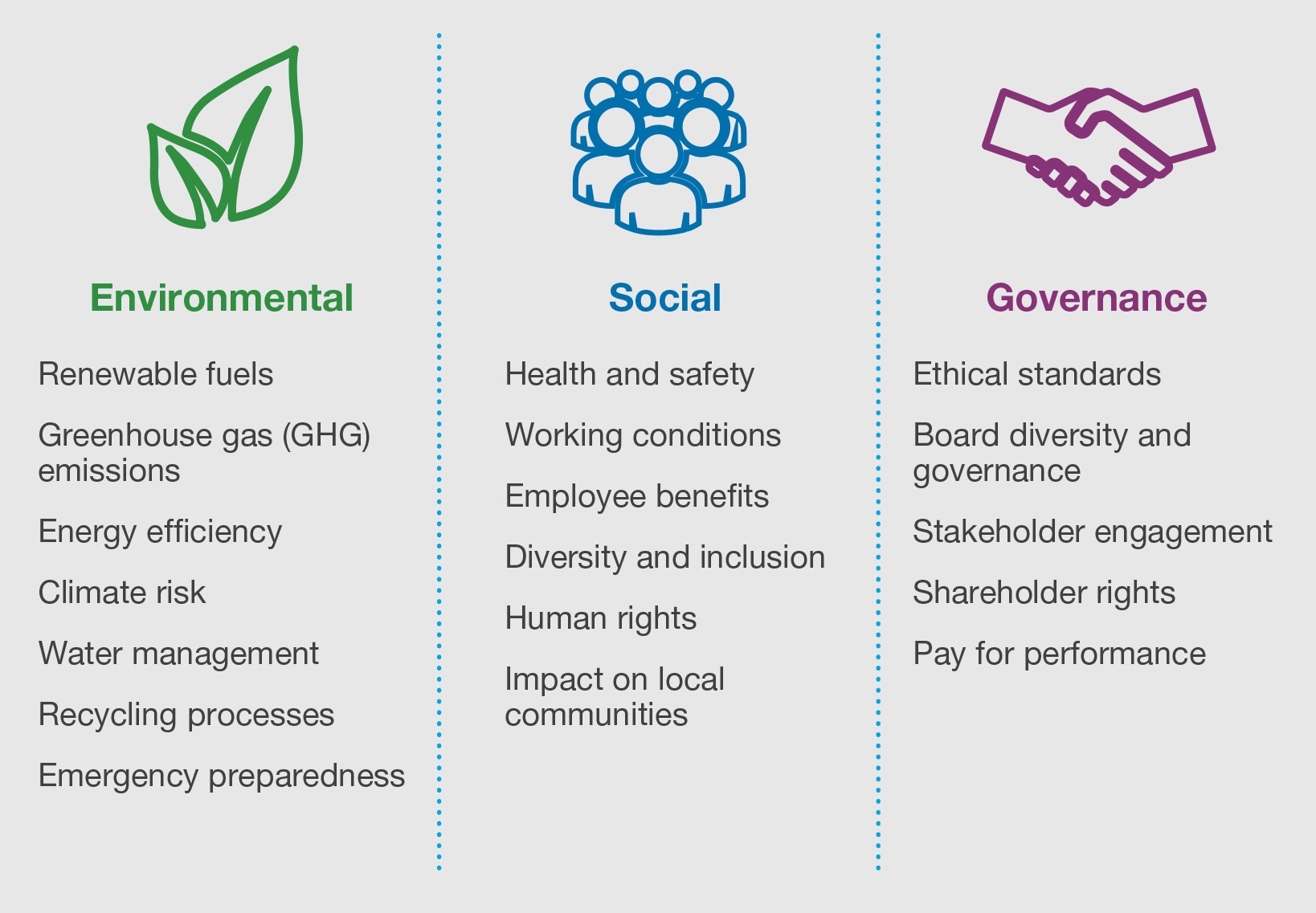ESG is missing a metric: R for resilience

Increasingly frequent extreme weather events are one form of shock to which businesses must adapt.
Image: Reuters/Noah Berger
Stay up to date:
Private Investors
Listen to the article
• In a world of increasing upheaval, ESG investors must also be able to assess resilience.
• Piecemeal frameworks for measuring resilience are beginning to emerge.
• Resilience expertise should be established at boardroom and industry oversight level.
By bringing together top world leaders for the Earth Day Climate Summit last month, the Biden administration has brought renewed US focus and commitment to the urgent challenge of addressing global climate change. Central to the summit was not just a conversation about preserving nature and the need for technological innovations to reduce carbon emissions, but also the critical role of financial markets in addressing the climate crisis. In fact, in the first 100 days of being in office, the Biden administration has taken several steps to pave the way toward more sustainable and ESG investing. ESG, which has become a widely used set of metrics, involves analyzing environmental, social and governance factors when determining which programmes, funds and companies to invest in.
With this focus on transformation, the use of ESG frameworks will likely increase as many current and nascent businesses or new projects experience a windfall of incremental investment, both in private capital and by governments around the world: for example, the $1 trillion European Green Deal and the $2 trillion US sustainable infrastructure plan.
But will current ESG metrics and frameworks suffice to assess and achieve the full impact these investments seek? We think not.
In fact, from the pandemic and devastating weather events of last year to a restive and divided set of social movements, the growing pace of upheavals points to the fact that ESG measurement doesn’t just need more uniformity, rigour and breadth. It also needs an additional variable in order to assess businesses' capacity to effectively recover, adapt and grow in the face of shocks and stress: resilience.
Simply put, it is increasingly clear that investors can no longer outrun or ignore social and environmental problems. All evidence points to continued business and financial disruption in the years ahead. McKinsey & Company recently predicted that companies could face supply chain disruptions lasting at least a month – many taking a heavy toll on profits – every 3.7 years.
Here’s where we see the gaps. While the "E" assesses factors such as carbon footprint and water and waste management, it fails to measure a company’s exposure to climate-change disasters. When location makes the power supply lines and transit options vulnerable to climate risks, or if supply chains could break down in the face of disasters, many extant business continuity plans are insufficient. Most current environmental assessments in the “E” metric do not account for tomorrow’s challenges.
Similarly, “S” does not assess the business risks of workforce vulnerability in a public health crisis like the pandemic. Whether investors are evaluating a company or an infrastructure project, the resilience of all stakeholders will become increasingly important to assess whether health and social protections can withstand future crises.
But what does this mean in practical terms for investors, many of whom are only just learning how to incorporate environmental and social considerations in investment decisions and portfolio management? What should they consider, where do they find the data, and how do they ensure the companies they invest in have the right expertise?
The good news is that new measurement frameworks and industry practices are emerging. For example, global consultancy Boston Consulting Group has developed a “source, make, deliver” framework to help companies build resilience into global supply chains. To mitigate risk and heighten capacity to respond rapidly to new shocks, this approach requires establishing more options for diversifying and regionalizing manufacturing and supply networks, adding more back-up production and distribution capacity and reoptimizing inventory. The Deloitte Global 2021 Resilience Report explores further resilience attributes and the practices that help organizations effectively manage disruptions.

When we were at the Rockefeller Foundation, we supported the development of resilience tools such as the City Resilience Index, which identifies 52 metrics that contribute to more resilient cities. Now used to help governments worldwide measure and manage programmes, operations and investments, it could be readily adapted for companies and investors. And our work with the World Bank Group resulted in creating a "resilience screen" that helps investors evaluate the resilience of an infrastructure project by looking at its ability to withstand shocks and prolonged stresses, while still improving public health and community well-being.
Second, new intelligence-based technologies such as machine learning and satellite imagery enable the rapid (even real-time) collection of data that helps better measure resilience. For example, S&P Global Ratings recently used information collected by NASA satellites to assess how the location of public water utilities would affect their financial strength. According to Bloomberg, S&P found a correlation between better metrics on debt and the location of utilities in more favourable utilities in better located in ecosystems; for example such as evergreen forests that, which increase water quality. Water utilities’ credit quality is also influenced by factors such as the potential for droughts or location in high-growth, high-demand areas, which are easily imaged by geospatial technology., and better metrics on debt. Excellent AI-based data mining tools are also emerging, such as One Concern's risk assessment platform.
Third, we need to upgrade the expertise of both investor and business governing boards and set industry stewardship standards that can guide them. For example, the UK government-led Asset Management Taskforce has proposed setting up a council to promote stewardship and responsible investment standards among pension schemes. We recommend the inclusion of resilience assessment in such guidelines.
Financing Sustainable Development
At a moment when we are returning to a world of decisions based on science and facts, let’s not waste this opportunity. To understand fully which investments and portfolios can withstand shocks to the system, investors must look at all relevant facts, not just those with which they are familiar. The missing piece of the puzzle is resilience. Until businesses and investors embrace an approach where resilience is a consistent thread running through ESG, they will remain ill-equipped to rebound most effectively from the crises that inevitably lie in our future.
Don't miss any update on this topic
Create a free account and access your personalized content collection with our latest publications and analyses.
License and Republishing
World Economic Forum articles may be republished in accordance with the Creative Commons Attribution-NonCommercial-NoDerivatives 4.0 International Public License, and in accordance with our Terms of Use.
The views expressed in this article are those of the author alone and not the World Economic Forum.
Forum Stories newsletter
Bringing you weekly curated insights and analysis on the global issues that matter.
More on Sustainable DevelopmentSee all
Fredy Vargas Lama
March 28, 2025
Reema Nanavaty and Prerna Saxena
March 25, 2025
Denise Rotondo, Emily Bayley and Vijay Bains
March 24, 2025
Fernando J. Gómez and Wesley Spindler
March 24, 2025
Luqman Lawal M.D., M.P.H. and M.B.A
March 20, 2025
Andrés Gluski and Christian Bruch
March 19, 2025





